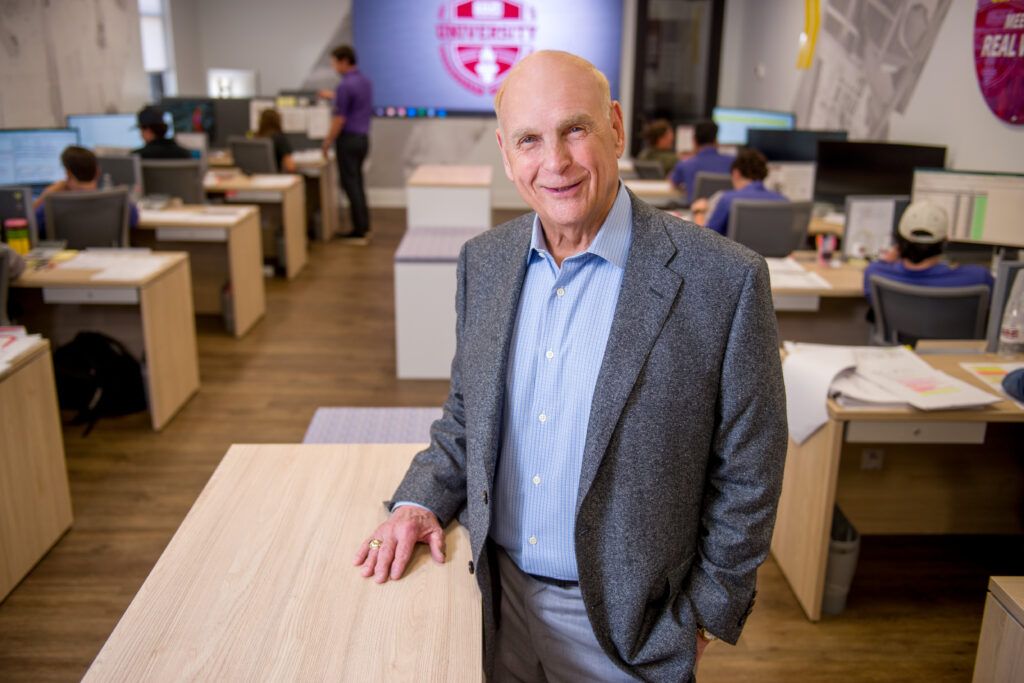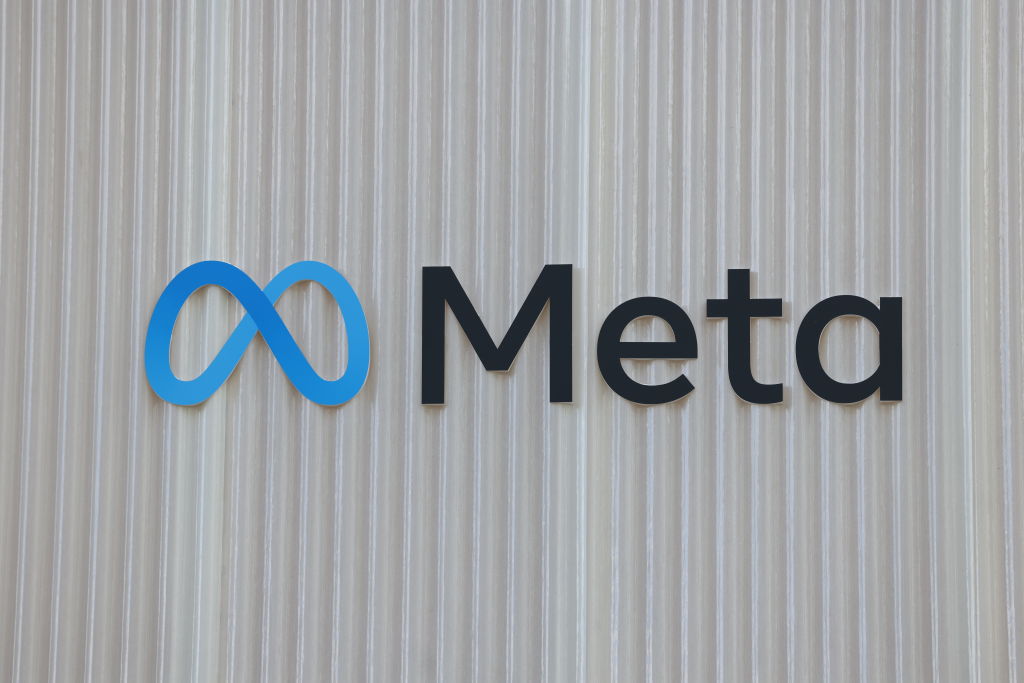It’s not coincidental that several of the largest private companies in the Capital Region are contractors. Many of them have grown at whiplash-inducing speed in tandem with a fortuitous increase in industrial investment, while others have leaned into diversification to fuel their growth.
For some, it has been a little of both. This year, the two new entrants to the $1 billion in revenue club—homebuilder DSLD Homes and electrical and instrumentation contractor The Newtron Group—each have benefitted from improving market conditions while also taking calculated risks to propel themselves into uncharted territory.
As for DLSD Homes, a lot has changed since it first opened its doors on Range Avenue in Denham Springs 25 years ago. At the time, all of its projects were within 4 to 5 miles of the office. Today, it would take a few days and a couple of plane flights to visit all of its jobsites.
The company views geographic diversification as a hedge against state-specific economic downturns. While its current headquarters is on Pecou Lane in Baton Rouge, it operates another 20-plus offices across a multistate region, including more than a dozen mortgage and title offices (DSLD Mortgage and DSLD Title, respectively). Everything is supported by a staff of more than 550.
And while Louisiana still accounts for as much as 65% of all company closings, it’s a far cry from what was once a 95% share.
One of DLSD Homes’ biggest strengths has been its “even flow” schedule, whereby it strives to frame the same number of houses each week. Never does it increase or slow the pace of construction and it can build most houses in 43 working days.
At least some of the company’s recent revenue growth can be attributed to inflation—in 2000, the average sales price of one of its homes was $119,000; today, it’s about $290,000. Of course, the company also benefitted from significant growth in market share—its first year in business, it built 75 units; in 2024, that number was 4,100.
Hitting the $1 billion mark, though, was never a long-range goal. “Bankers and bondholders want to know how big we plan to get,” says Jeff Purpera, the company’s chief financial officer. “We focus more on delivering a quality product. That’s nonnegotiable. No matter where we are, we’re going to make sure that we deliver a quality product at a quality price.
“As long as we can deliver that, we’ll continue to grow.”
Over the years, DLSD Homes’ Louisiana-based leadership has had to evolve from a “hands-on” approach to one where it allows office managers more autonomy. “We learned how to adjust from an office where you could literally get up, walk down the hall and see everybody to having 20-something locations scattered over six states,” he says.
Resilient Business Model
Ever since Newton Thomas founded The Newtron Group (then called Newtron) some 52 years ago, company leaders have felt that growth would come naturally if the company focused on what it did best. For most of that time, diversification has been central to the process—since 1982, the company has operated both union and nonunion (Triad Electric & Controls) divisions.
That’s given it the flexibility to work in regions where other industrial contractors couldn’t. It also makes the company a unique commodity in the Baton Rouge industrial construction space, since most contractors have been “open shop” (nonunion) since the passage of right-to-work legislation in the 1970s.
“As a result, we’re able to do more work in certain parts of the country that are more pro-union,” says John Schempf, current president of the company. “We’ve always been agnostic to that concept and believe that it’s an employee’s right to choose whether they want to be in a union or not be in a union.”
In 2017, The Newtron Group set a company-wide “big hairy goal,” Schempf says, to grow to $800 million in revenue by 2027. At the time, it was at about $430 million.
“Many of our employees looked at that number and probably thought it was impossible, but we showed them that mathematically, based on the company’s history and historical growth patterns, that we could do it.”
The company ultimately accomplished the feat in 2024, three years earlier than planned. Schempf gives much of the credit to unprecedented growth in the industrial space. “The market allowed us to do it quicker than we anticipated.”
The Newtron Group now has 13 locations across the country—as far away as Nevada and California—each with a certain level of discretion in determining its operational direction. Several, in fact, have moved away from traditional industrial projects into entirely different markets.
“They’ve pivoted into foods and data centers and electric car manufacturing and some more advanced manufacturing technology over the last five to six years,” Schempf says. “And those operations have seen more growth than the operations that stuck to their traditional industrial roots.”
It’s a model that’s working. Rather than managers driving the organization from behind a desk in Baton Rouge, they give the regional offices the autonomy to respond to their markets as they change. To incentivize the process, The Newtron Group offers a robust profit sharing program.
“It’s in their best interest to navigate their businesses to where they’re going to be most successful,” Schempf adds.
Nevertheless, diversification can create certain “back-office” challenges.
“When people are doing things in very disparate markets, that can create a lot of hardship for the person who has to pull all that together, which in this case is our Baton Rouge back-office support,” Schempf says. “That’s a real challenge for them, but that’s what they’ve been doing for 50-plus years, and they’re good at it.”
In the last five years, The Newtron Group has been more intentional about encouraging collaboration among its general managers. “That’s creating some connections between them and they’re finding creative ways to work together,” he adds.
The Longtimers

Fueled by unprecedented investments in construction, the other $1 billion-plus contractors show no signs of slowing down.
Pepper Rutland, founder and CEO of MMR Group, says it’s his company’s willingness to pursue markets outside of the traditional oil and gas space that has made all the difference. MMR Group has some 30 offices across North America, and while pursuing traditional industrial markets, it has also expanded its scope to include renewable energy and energy storage, data centers, power distribution and other markets.
In October, MMR announced it would grow its Louisiana footprint with a $55.2 million investment in a new Lafayette Parish assembly facility to expand production of electrical components used in high-growth sectors such as data centers and semiconductors.
The unprecedented growth, however, has put a bit of strain on its workforce. Electricians are in short supply across the country, primarily because of the surge in new data centers and power generation facilities. “We’ve grown to over 10,000 employees, and that comes in a very technical business where you have to be able to have the ability to train those personnel,” Rutland says. “That costs a lot of money as well, but without that, we have no business.”
MMR’s self-operated training facility, MMR University, is supplementing the management side of the business, recently doubling its enrollment to some 50 interns a year. The company also utilizes a certified training facility for its craft workers. “We push a lot of guys through that,” he adds. “We’re forced to do that because of the amount of work that’s there and the competency in which you must have in the electrical industry. We don’t have a choice.”
Rutland expects company growth only to accelerate. “The data center and AI markets are just like the gold rush of 1849,” he says. “I’ve never seen anything like this. Both technology and demand are what’s driving it. While most other markets are strictly driven by demand and demand only, technology is changing year in and year out.”
Meanwhile, contractor Lemoine attributes its success to “living and dying” by its strategic plan. “If you were to ask me what the key to our success has been, I would tell you, first and foremost, that’s it,” says Seth Lemoine, chief operating officer of the company.
That’s given the company the freedom to expand its scope from its roots in commercial building construction into new markets. Today, it operates divisions that target the health care, heavy civil/municipal, and “response and resiliency” (disaster recovery) markets.
“All of that was done with intention and according to our strategic plan,” Lemoine says. “When you put things on paper, it allows you to make decisions around that strategy. It’s not a quick decision or something that you make with haste. It’s intentional.”
And while diversification has brought its own challenges, “the inverse of that is that it also creates some synergy and opportunities for our clients, and that was always a part of our thesis when we developed this strategy,” he adds. “A lot of the clients we work for can benefit from our building construction group, our infrastructure group, from our response and resiliency and disaster services, etc.
“And it’s working. In many cases we’re touching those clients with three or four different business lines, and we’re proud of that.”









